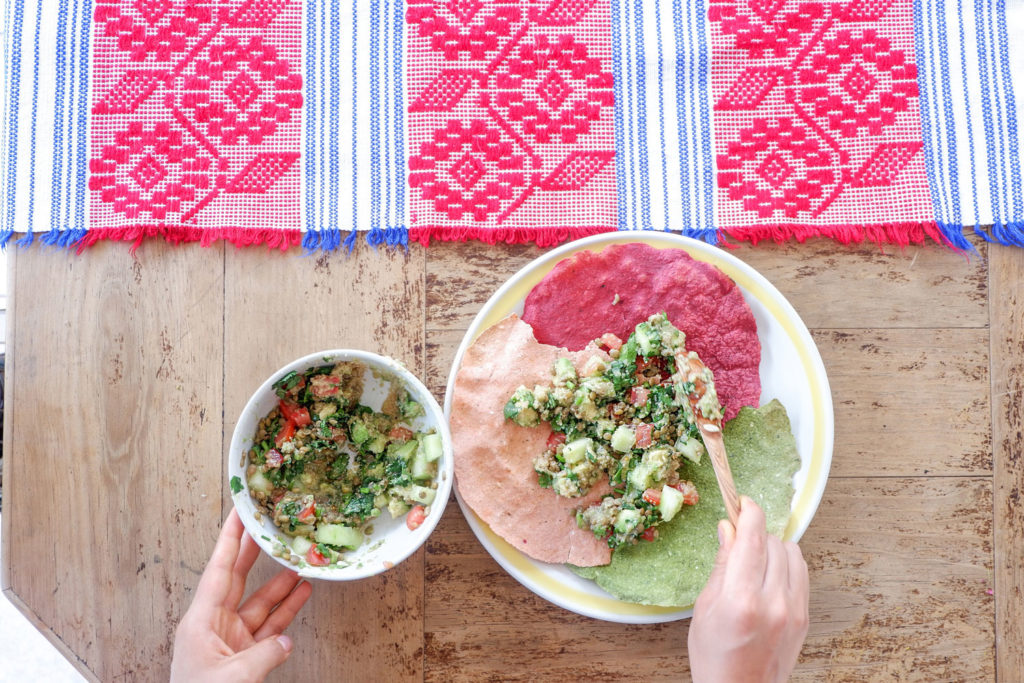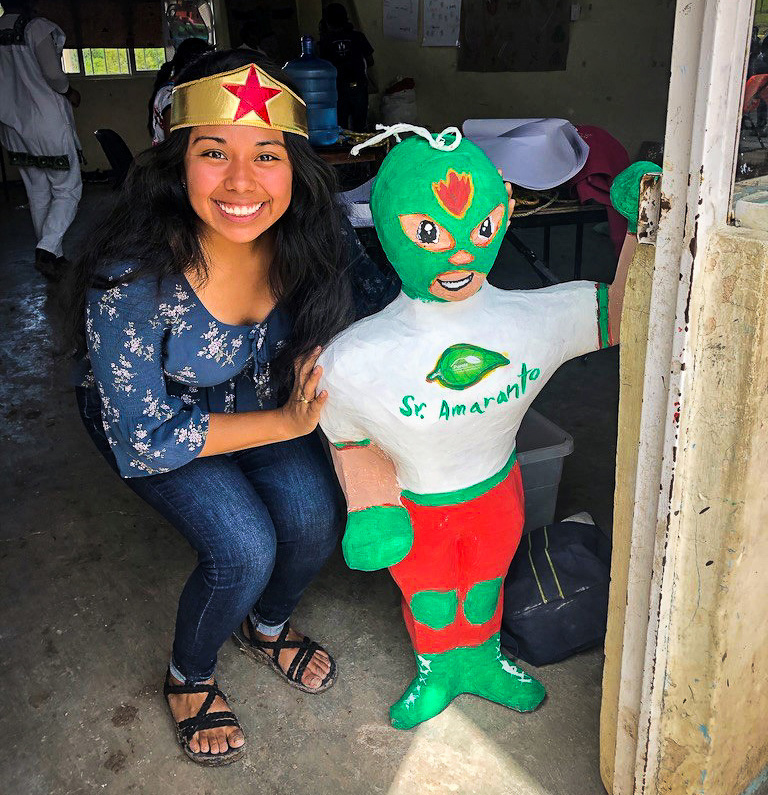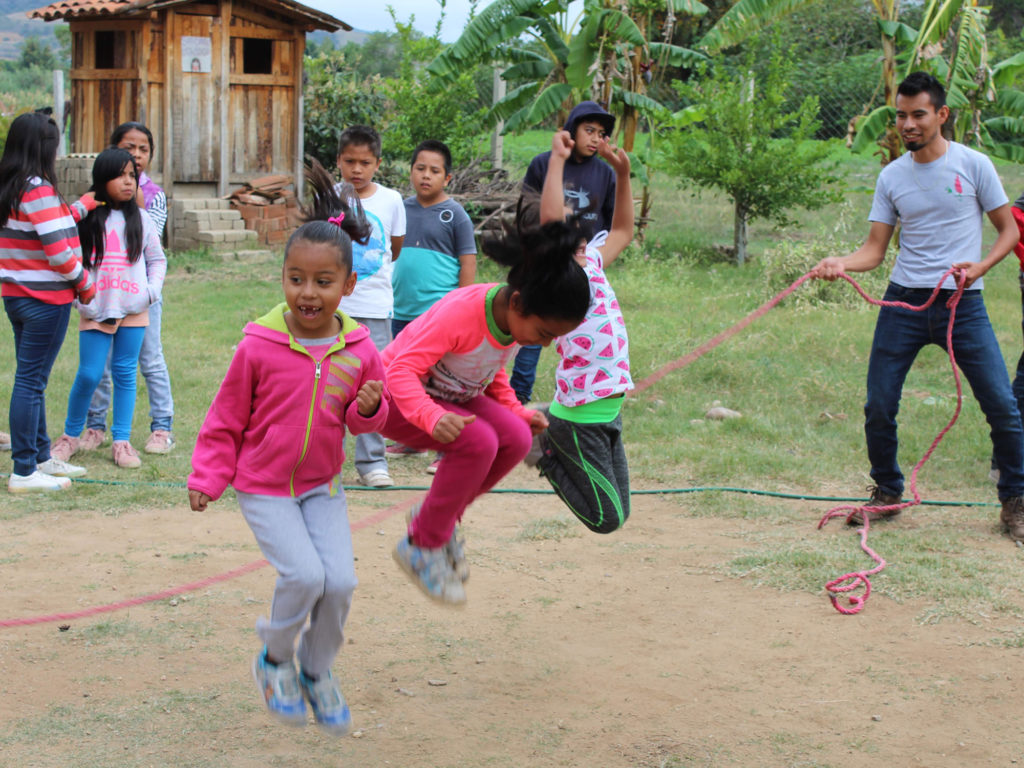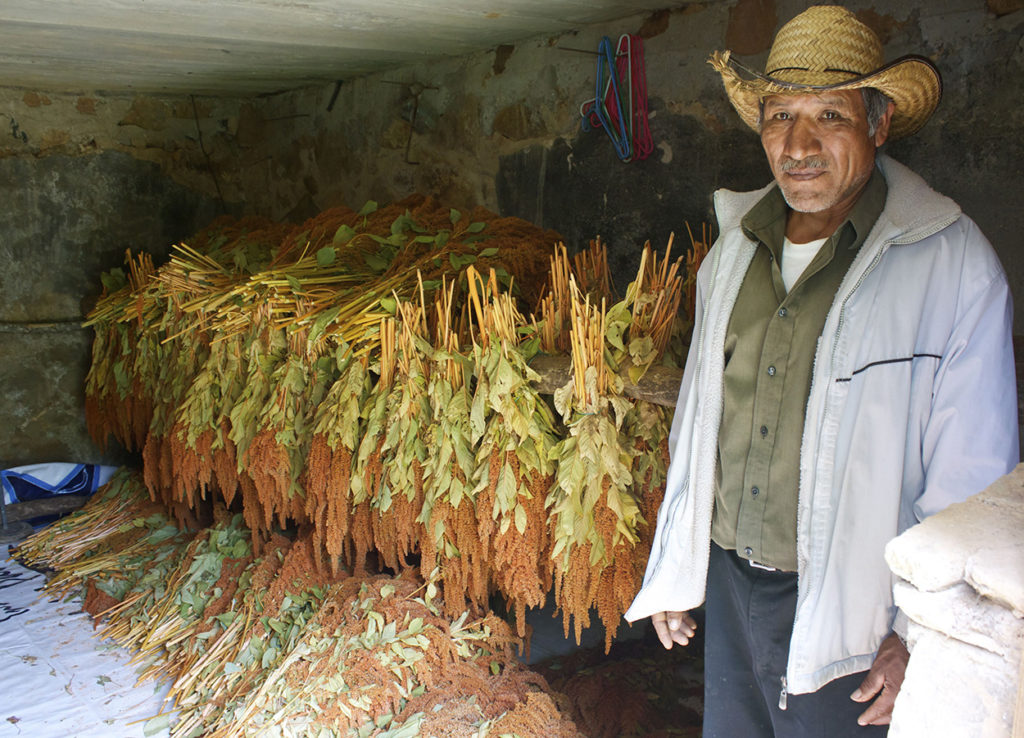- 6 servings ⠀
⠀
∙ 50gr of amaranth seed ⠀
∙ 1 cucumber ⠀
∙ 2 tomatoes ⠀
∙ 1 avocado ⠀
∙ 50gr of lentils (boiled in water, seasoned with salt and onion) ⠀
∙ 12 amaranth or other locally-purchased tostadas ⠀
∙ Cilantro, lemon and salt (to taste) ⠀
Amaranth & Lentil Ceviche
Cook the amaranth seed: Wash and strain, as many times as necessary, trying to leave the seeds as clean as possible (without stones or dirt).
Bring the water to a boil, add seed, boiling between 10 to 15 minutes.
Remove from heat. • It is important to drain the seed once it has been removed from the heat.
Once the amaranth seed and lentils are cooked, place both ingredients in a large bowl and mix with diced cucumber, tomato, cilantro, and avocado, season with lemon and salt to taste.
Serve on amaranth tostadas. ⠀









